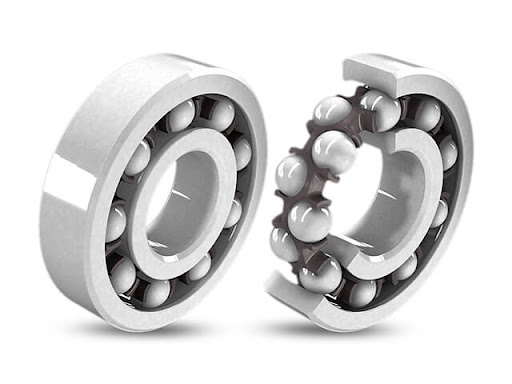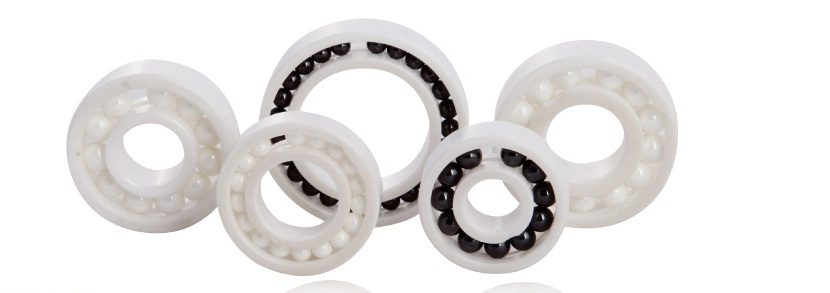News Center
What are the advantages and disadvantages of ceramic bearings?
2020-10-27
What are the advantages and disadvantages of ceramic bearings?
Ceramic bearings offer several significant advantages over traditional metal bearings, making them a preferred choice in various applications. Also, it has several disadvantages that users should consider before opting for them in various applications.
Advantages
High Hardness:Ceramic materials are much harder than steel, resulting in increased durability and resistance to wear. This hardness translates to a longer lifespan for the bearings, reducing maintenance needs and replacement frequency.

Low Friction: Ceramic bearings exhibit lower friction coefficients compared to metal bearings, leading to reduced energy consumption and improved efficiency. This characteristic allows them to operate at higher speeds with less heat generation, which is beneficial in high-speed applications.
Corrosion Resistance: Ceramic bearings are inherently resistant to corrosion, making them ideal for use in harsh environments where exposure to moisture or chemicals is a concern. They maintain their performance even in challenging conditions, unlike traditional metal bearings that can degrade quickly.
High Temperature Resistance: These bearings can withstand elevated temperatures, making them suitable for applications involving high heat, such as jet engines and gas turbines. Their ability to perform under extreme conditions enhances their versatility.
Lightweight: Ceramic bearings are generally lighter than their metal counterparts, which can contribute to lower rotational mass and reduced centrifugal forces in high-speed applications. This weight reduction can improve overall machine performance and efficiency.
Non-Magnetic Properties: Being non-magnetic, ceramic bearings are ideal for applications where magnetic interference could be problematic, such as in medical equipment or electronic devices.
Lubrication-Free Operation: Full ceramic bearings can operate without lubrication due to their unique properties that prevent micro-welding—a common issue with metal bearings. This feature simplifies maintenance and reduces the risk of contamination.

Disadvantages
Lower Load Capacity: Ceramic bearings generally have a lower load-carrying capacity compared to their metal counterparts. This limitation means they may not be suitable for applications that involve heavy loads or high impact forces, as they can crack or break under such conditions.
Cost: The production of ceramic bearings is more expensive than that of traditional metal bearings due to the complex manufacturing processes involved, including high energy requirements for sintering and precision machining. This higher cost can be a significant barrier for many users.
Machining Challenges: The hardness of ceramics makes them difficult to machine and grind accurately, leading to higher production costs and longer lead times for custom sizes or specifications.
In summary, the combination of high hardness, low friction, corrosion resistance, temperature tolerance, lightweight design, non-magnetic properties, and the ability to run without lubrication makes ceramic bearings an excellent choice for various demanding applications across multiple industries.
Their limitations in load capacity, high cost, and manufacturing challenges should be carefully evaluated based on the specific application requirements.
Welcome to contact us if you have any request about DSYC bearings!